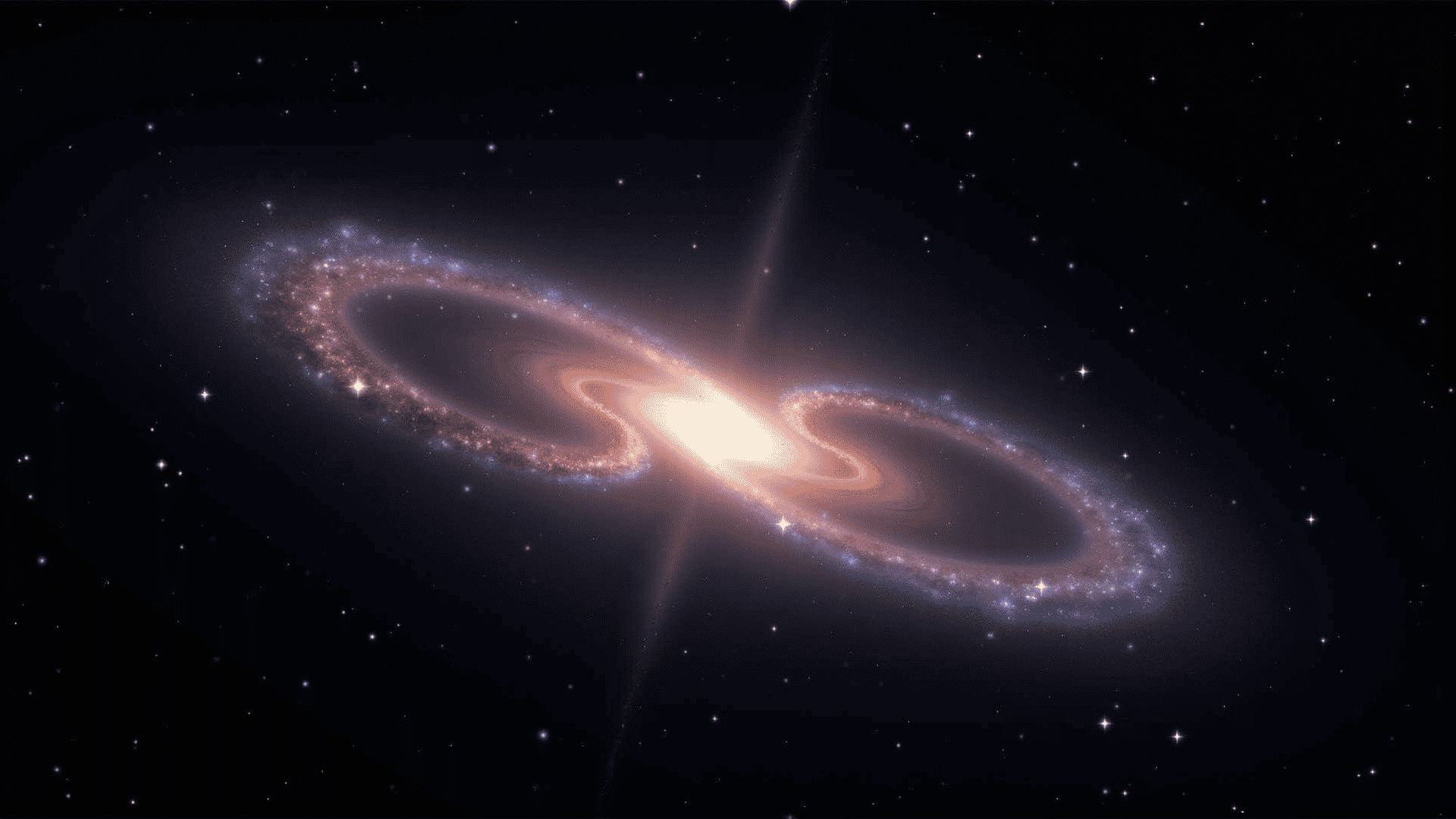The vastness of the universe unfolds a majestic ballet, where galaxies engage in a cosmic dance. These colossal systems are composed of billions of stars, interstellar gas, and enigmatic dark matter, all bound together by the force of gravity. Their interactions and eventual collisions are not just random acts of chaotic motion but rather intricate performances that leave indelible marks on the fabric of the cosmos.
Every galaxy is unique in its structure and composition. Spiral galaxies, like our own Milky Way, have graceful, winding arms filled with stars, while elliptical galaxies showcase more rounded, featureless forms. Then there are the irregulars—cosmic mavericks without a defined structure, often resulting from gravitational tug-of-war with their larger companions. These forms set the stage for the dance that will unfold over billions of years.
When galaxies draw near each other, the gravitational attraction can lead them into a celestial waltz. They may circle one another much like dancers in a ballroom, their paths governed by the unseen gravitational leads each exerts. Through these elegant interactions, galaxies can gently pull on one another, drawing out tendrils of gas and strands of stars that stretch into the darkness of space. These drawn-out features can eventually settle into new patterns or merge back into the original structures, slightly altered by the process.
Sometimes, however, the dance reaches a crescendo as two galaxies collide head-on. From an earthly perspective, such a collision might evoke images of explosive chaos, but in the almost boundless expanse of a galaxy, individual stars rarely collide. Instead, the grand scales of interstellar space allow stars to pass by each other, their motions only subtly altered by gravitational forces. The gas clouds within these galaxies, being more voluminous, crash together and compress, often triggering bursts of star formation, igniting the universe with brilliant, newborn stars.
Following such a collision, galaxies can settle into a new harmony. The resulting structure may emerge as a single, more massive galaxy, often elliptical in shape, representing the fusion of many smaller systems. Over time, as these galaxies settle into their new forms, they may provide the backdrop for fresh cosmic dances, perpetuating the cycle of growth and change in the universe.
The exchange of energy and matter in these interactions plays a crucial role in cosmic evolution. As galaxies coalesce, black holes at their centers can merge, emitting staggering amounts of energy in the form of gravitational waves—ripples in the fabric of space-time that can traverse the universe. These events allow scientists to probe the nature of gravity, gaining insights into the fundamental forces that govern the cosmos.
In this grand ballet, galaxies serve as both the dancers and the stage. Their interactions shape cosmic history, building and transforming galaxies, enriching the elements, and seeding future generations of stars and planets. The dance of galaxies is not merely an astronomical event; it is a profound process of growth, transformation, and continuity, echoing the ongoing saga of our universe—a cosmic performance that remains awe-inspiring and endlessly captivating.
